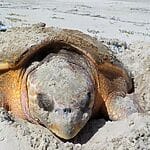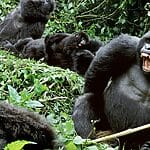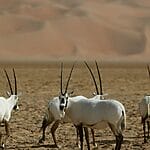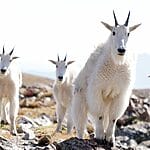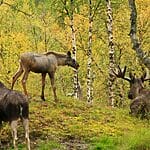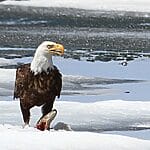10 Interesting Animals in Botswana You May Not Know
Botswana is the go-to safari location for animal lovers. If you want to explore interesting wildlife animals, then Botswana is the most accessible place in Africa.
Botswana is home to many interesting animals in Botswana and the largest Elephant found on Earth, known as the “Big Five” – Lion, Leopard, Elephant, Black Rhino, and Buffalo. From African Wild Dogs to Breathtaking views of Red Lechwe, you will find numerous amazing wildlife animal species. However, African Elephant species are now listed as the most endangered species by IUCN.
Botswana National Parks for Wildlife Animals
National Parks has some of the most interesting animals in Botswana, you can ever see. Here we have listed the best Botswana national parks.
Central Kalahari Game Reserve
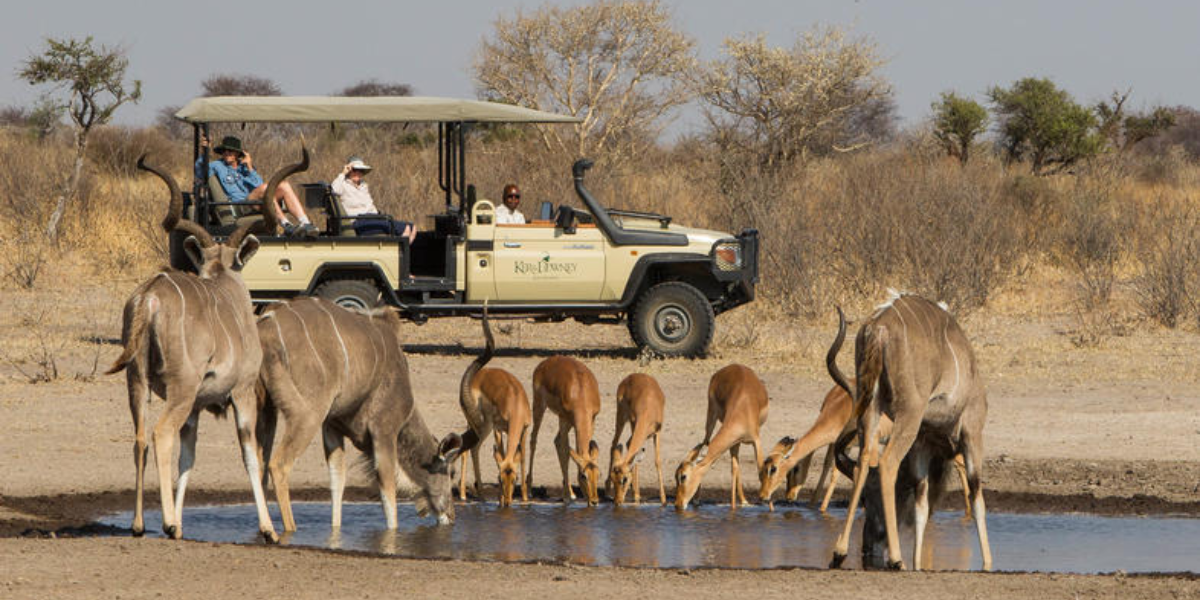
The Central Kalahari Game Reserve is the second-largest game reserve in the world and is home to a variety of wildlife, including elephants, lions, and giraffes. It is a remote and wild place and is best explored by a 4×4 vehicle or on foot.
Chobe National Park:
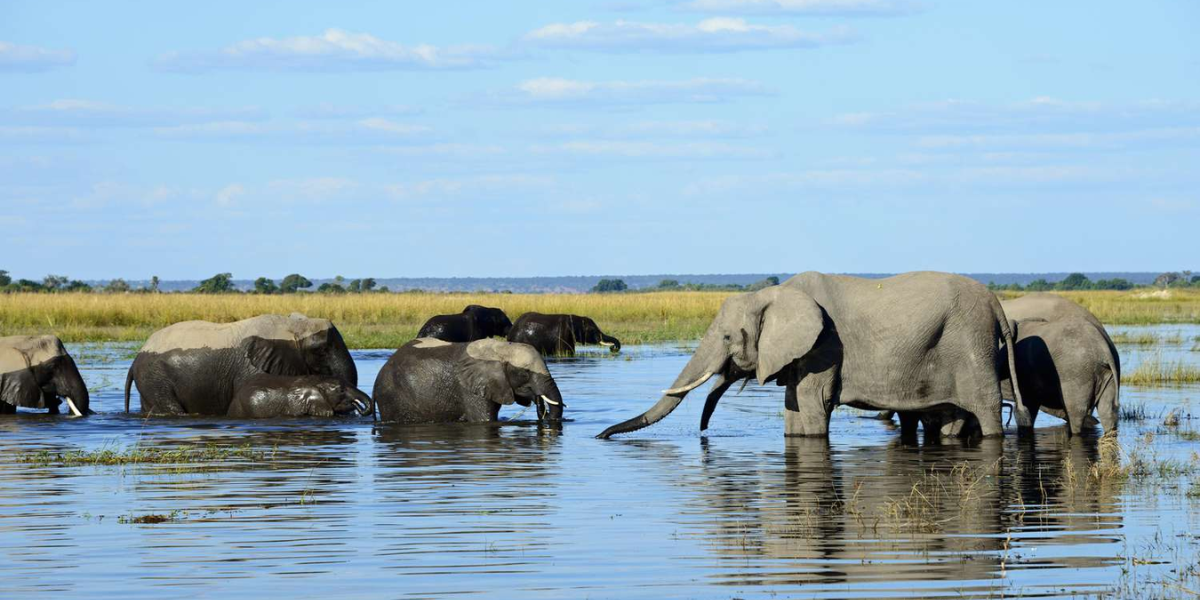
The largest national park in Botswana, it is home to a large number of elephants, lions, and other wildlife.
Kgalagadi Transfrontier Park:
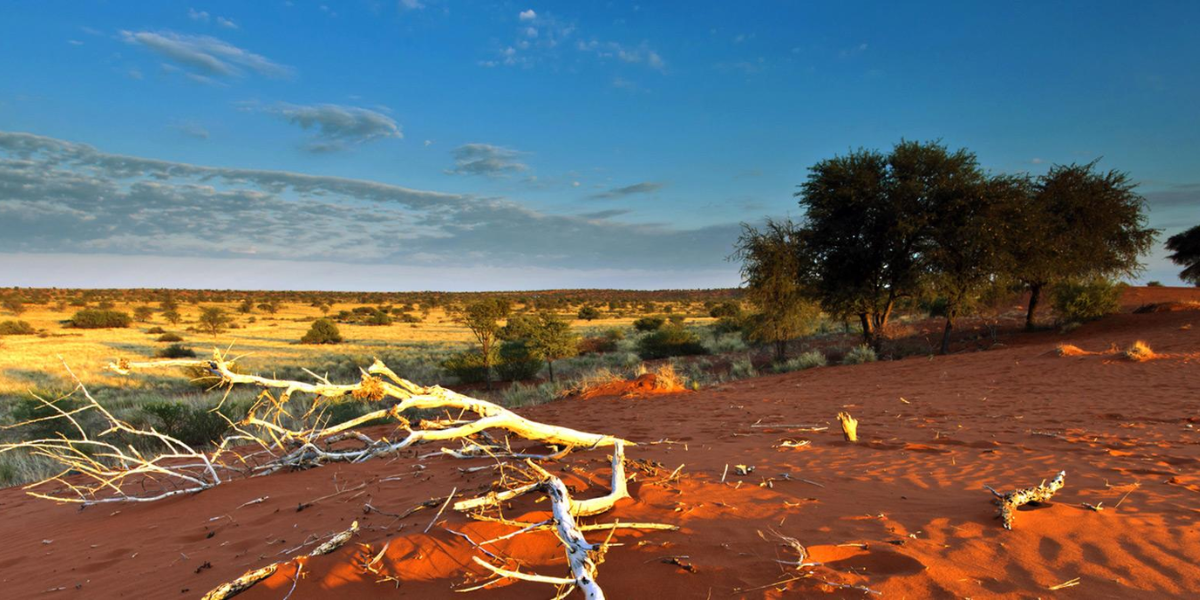
A transfrontier park shared with South Africa, it is home to a variety of wildlife, including lions, cheetahs, and meerkats.
Makgadikgadi Pans National Park:

A vast salt pan in the Kalahari Desert, it is home to a variety of birds and animals, including flamingos, zebras, and lions.
Moremi Game Reserve:
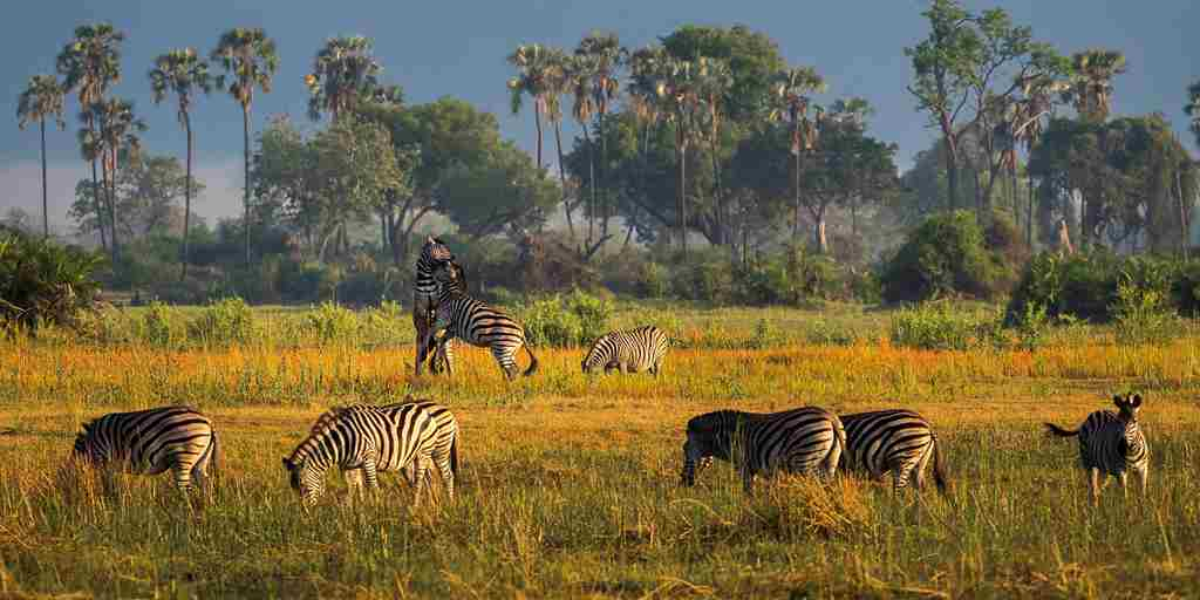
A protected area within the Okavango Delta, it is home to a variety of wildlife, including elephants, lions, and giraffes.
Nxai Pan National Park:
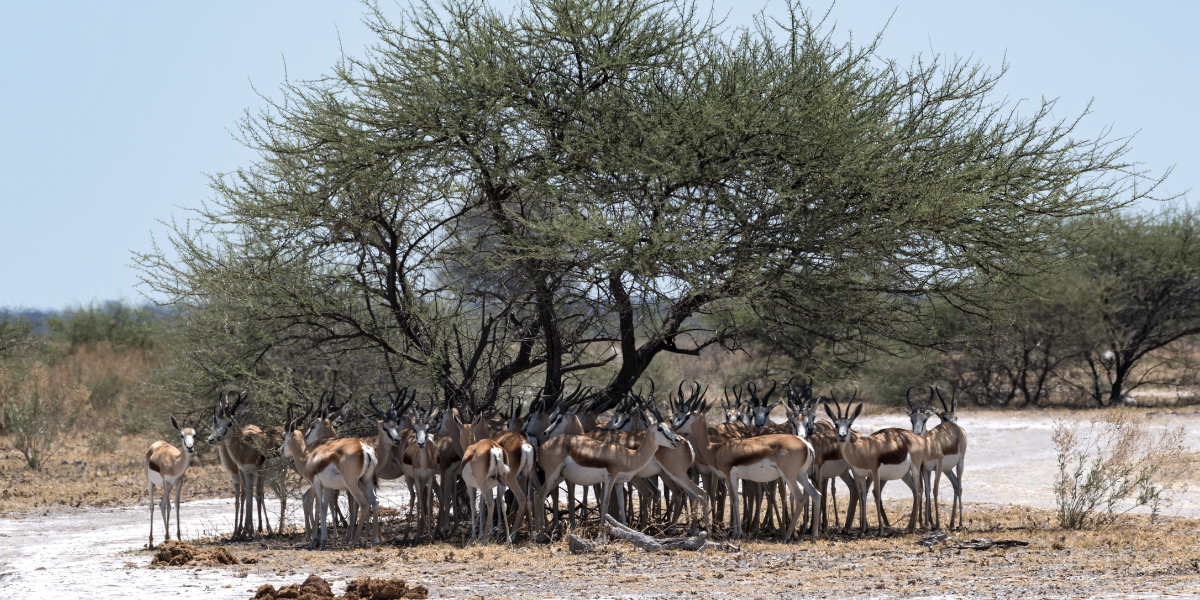
A national park in the Kalahari Desert, it is home to a variety of wildlife, including elephants, lions, and springboks.
10 Interesting Animals of Botswana Wildlife
Botswana is a wildlife lover’s paradise and home to many interesting animals in Botswana including African animals like lions, elephants, and giraffes.
There are also 22 species of antelopes, including gnu, springbok, and duiker. With its diverse landscape and abundant wildlife, Botswana is a must-visit for any safari enthusiast.
Animals native to Botswana include the Cape Vulture, African skimmer, familiar chat, and the bee-eater.
According to the latest count, about 170 known mammal species live in Botswana. Common species include aardwolves, caracals, cape foxes, banded mongooses, impalas, bat-eared foxes, Cape bushbucks, African civets, elands, gemsboks, kudus, Kirk’s dik-dik, klipspringer, spotted hyenas, warthogs, and meerkats.
Lions: The Kings of the Savanna
Lions are the largest and most social cats in Africa. They are found in many parts of Africa, including Botswana. In Botswana, lions can be found in the Okavango Delta, the Kalahari Desert, and other parts of the country.
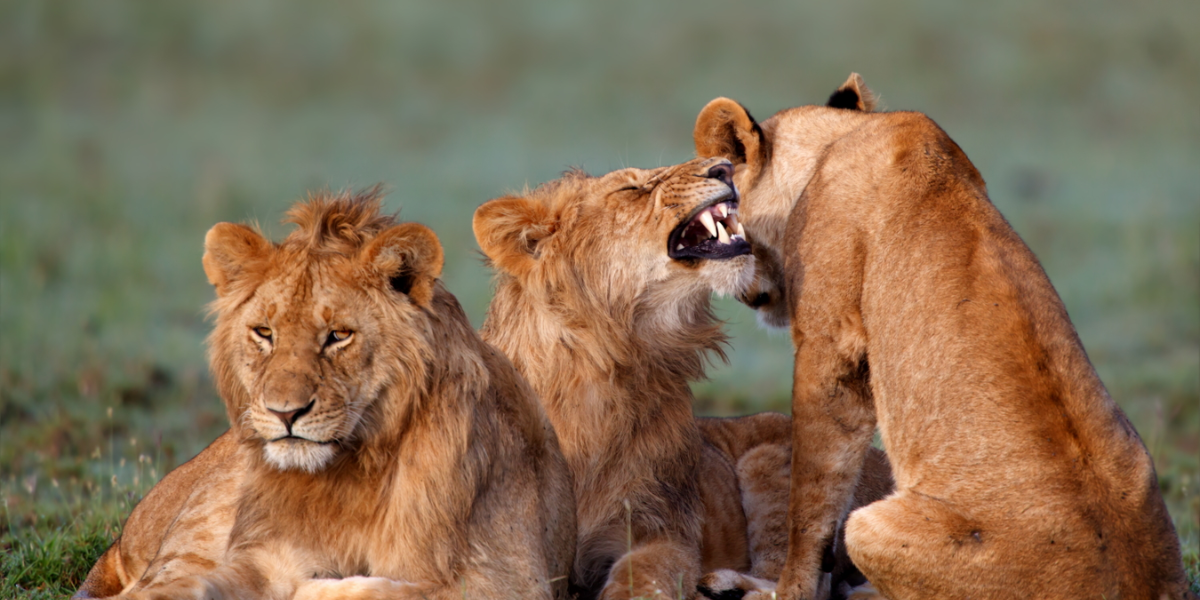
Lions are apex predators, meaning they are at the top of the food chain. They prey on a variety of animals, including zebras, wildebeest, and antelope. Lions are also known to scavenge, meaning they will eat dead animals if they find them.
However, lions are also threatened by habitat loss and poaching. The International Union for Conservation of Nature (IUCN) lists lions as a “vulnerable” species. Conservation efforts are ongoing to restore their population.
There are an estimated 15,000 lions in Botswana. The largest pride of lions in Botswana is found in the Okavango Delta. This family unit has over 40 members.
African Wild Dog

The African wild dog is a highly social and intelligent animal, and these characteristics have made it one of the most successful hunters on the Southern Africa. They are also known as painted wolves, and they are a critically endangered species.
African wild dogs are the most social of all African carnivores, living in packs of up to 40 individuals. They are also one of the most successful hunters, with a success rate of up to 80%, and can run at speeds of up to 50 mph.
They are a critically endangered species, and there are only an estimated 6,600 African wild dogs left in the wild. The main threats to African wild dogs are habitat loss, poaching, and conflict with humans.
African Buffalo
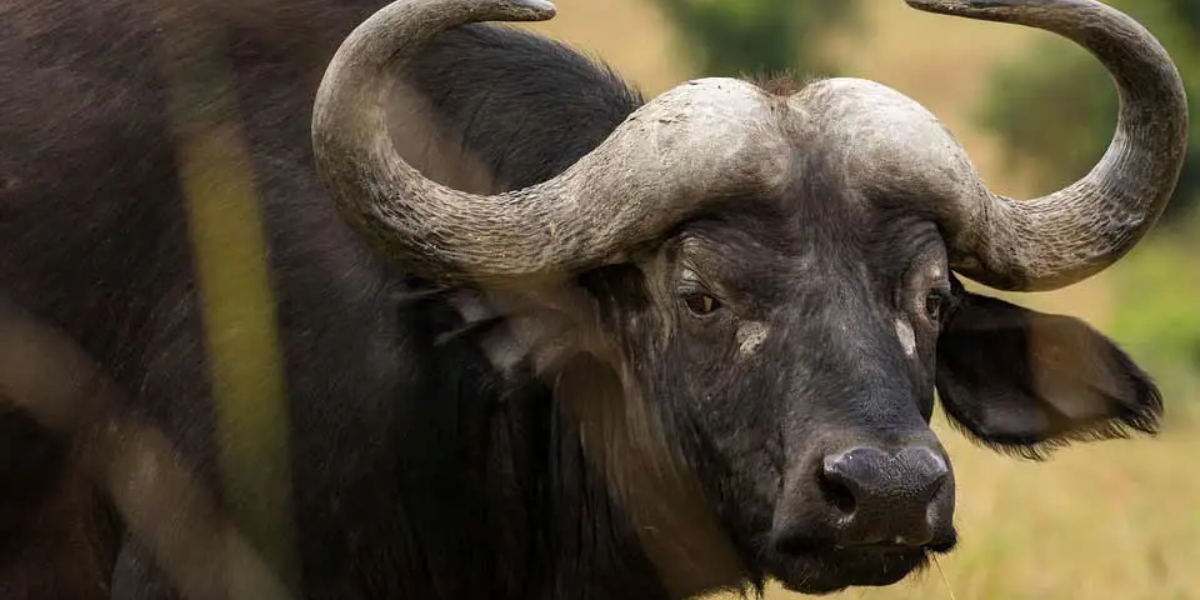
African buffalo are large, powerful animals that are known for their aggressive nature. In Botswana, African buffalo can be found in the Okavango Delta, the Kalahari Desert, and other parts of the country.
African buffalo are threatened by habitat loss and poaching. They are hunted for their meat and their horns.
It is the second-largest land mammal in Africa, after elephants, as they can weigh up to 1,800 pounds.
Their lifespan in the wild is around 25 years. These buffaloes are social animals that live in herds of up to 100 wild buffaloes.
Meerkat
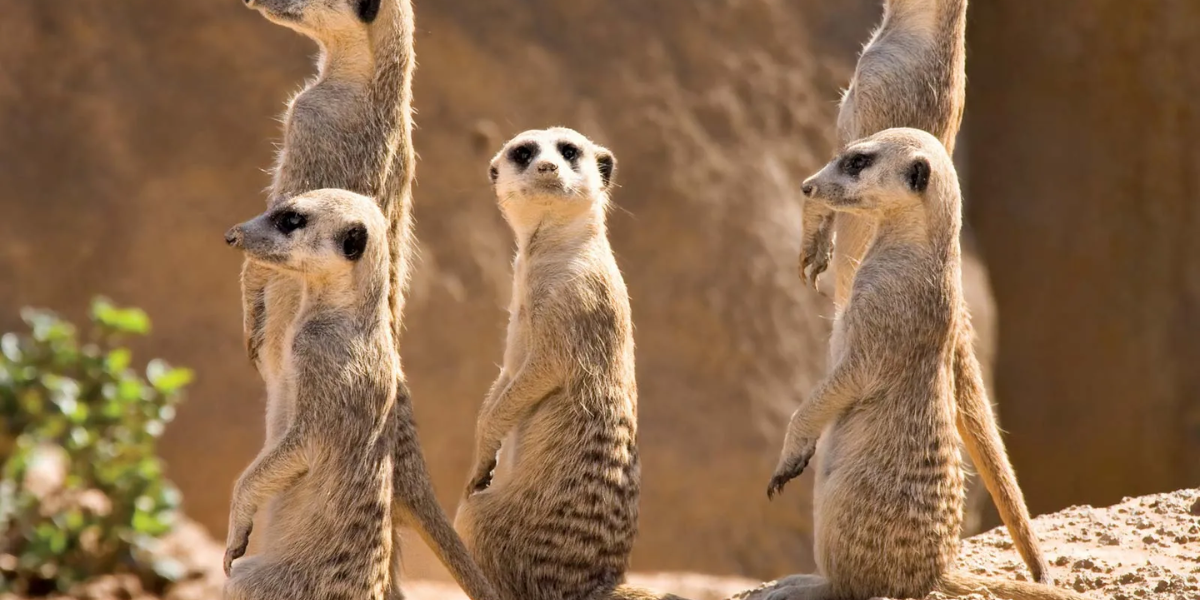
The Scientific name for Meerkats is Suricata suricatta and the conservation status is the least concern. They are found in Southern Africa, in the Kalahari Desert, and other arid regions.
Interesting fact: Meerkats can stand up on their hind legs to scan for predators or prey.
Meerkats are small, mongoose-like mammals that are found in Southern Africa. They are about 12-14 inches long and weigh around 1.4-1.8 pounds. They are social animals that live in groups called mobs. Mobs can range in size from 2 to 30 individuals.
Meerkats are carnivores and their diet consists mainly of insects, scorpions, snakes, and small mammals. These mammals are known for their ability to stand up on their hind legs to scan for predators or prey.
This behavior is called “stalking.” They are an important part of the Southern African ecosystem. They help to control populations of insects and other small animals. And are well-adapted to their desert environment.
Bat-eared Fox
Bat-eared foxes are small, nocturnal mammals that are found in the savannas of Africa. They are named for their large, bat-like ears, which help them to hear dangerous animals moving underground.
Bat-eared Fox’s scientific name is Otocyon megalotis, and their conservation status is least concerned
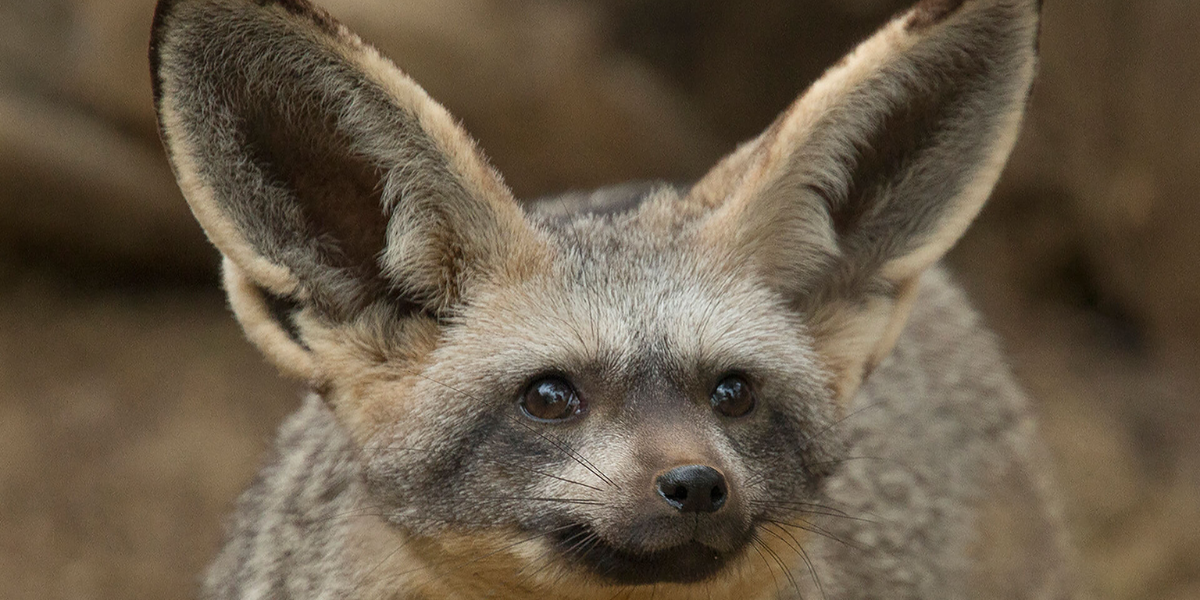
Interesting fact: Bat-eared foxes can hear prey animals moving underground as far as 100 feet away.
They are found in the savannas of Africa, from southern Sudan to South Africa. These Bat-eared foxes are about 16-20 inches long and weigh about 3-4 pounds.
They have a long-bushy tail and a grizzled coat of fur that is brown on the back and white on the belly.
Bat-eared foxes are social animals that live in a group that consists of up to 12 members. They are carnivores, and their diet consists mainly of insects, scorpions, snakes, and small mammals.
Aardwolf
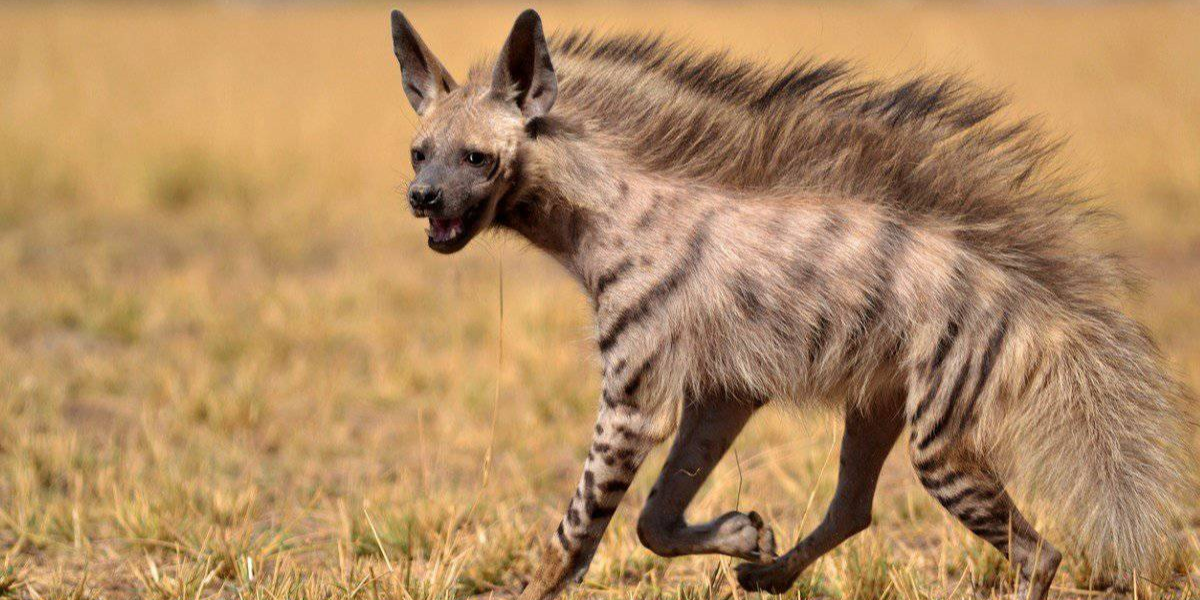
The scientific name of Aardwolf is Proteles cristata, and they are found in Southern and Eastern Africa in savannas and grasslands.
Aardwolves are not currently considered to be a threatened species. However, they are vulnerable to habitat loss and persecution by humans.
Interesting fact: Aardwolves are the only insectivorous hyenas.
Aardwolves are small, hyena-like mammals that are found in Southern and Eastern Africa. They are about 20-24 inches long and weigh nearly 15-20 pounds. They are solitary animals that live in burrows during the day. They are nocturnal, and their diet consists mainly of termites.
Aardwolves have a long, sticky tongue that they use to lick up termites from their nests. They can eat up to 20,000 termites in a single night!
Aardwolves are an important part of Southern Africa’s ecosystem. They help to control populations of termites.
The aardwolves are fascinating creatures that are well-adapted to their insectivorous lifestyle. They have a long, sticky tongue and a keen sense of smell that helps them to find termite nests.
Aardwolves are also good diggers, and they can use their claws to break into termite nests.
Aardvark
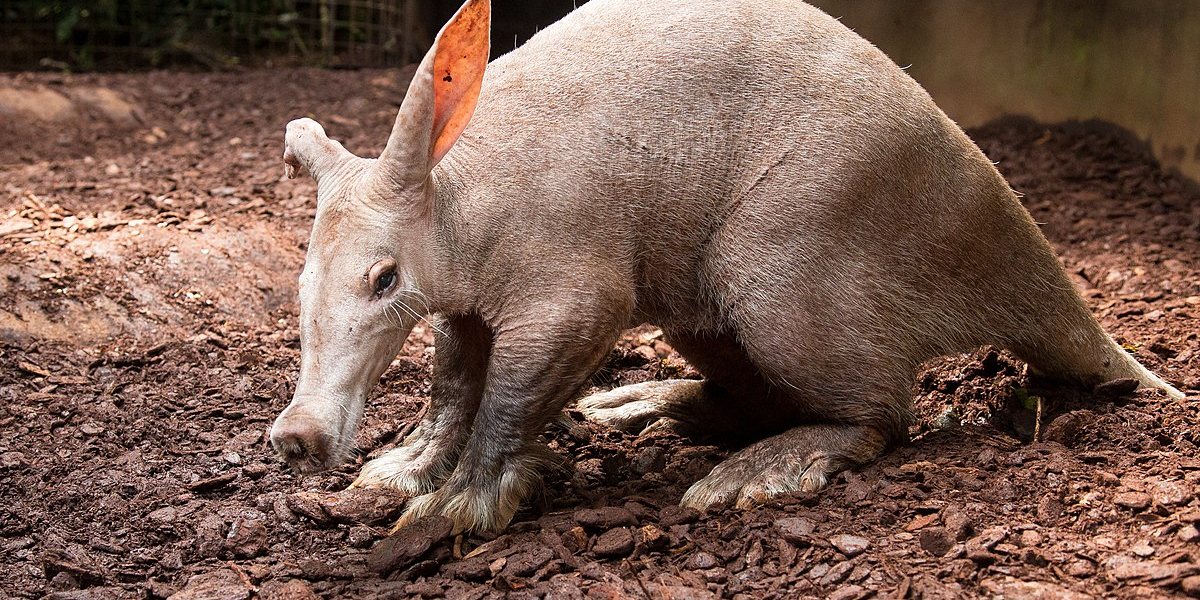
Aardvarks have long, sticky tongues that they use to eat ants and termites. The scientific name for Aardvarks is Orycteropus afer. Aardvarks are not currently considered to be a threatened species. However, they are vulnerable to habitat loss and persecution by humans.
Aardvarks are medium-sized, burrowing mammals that are found in Sub-Saharan Africa in savannas and grasslands. They are about 40-50 inches long and weigh about 110-180 pounds.
Aardvarks are solitary animals that live in burrows during the day. They are nocturnal and their diet consists mainly of ants and termites.
Aardvarks have a long, sticky tongue that they use to eat ants and termites. They can eat up to 50,000 insects in a single night!
Aardvarks have powerful claws that they use to dig burrows. They also have a strong sense of smell that helps them to locate food.
Giraffe
Giraffes have the longest necks of any land animal, reaching up to 19 feet tall. They have long necks and legs and a small head. Giraffes are currently considered to be a vulnerable species.
Giraffes are herbivores, and their diet consists mainly of leaves, shoots, and fruits. They live in herds of up to 50 individuals.
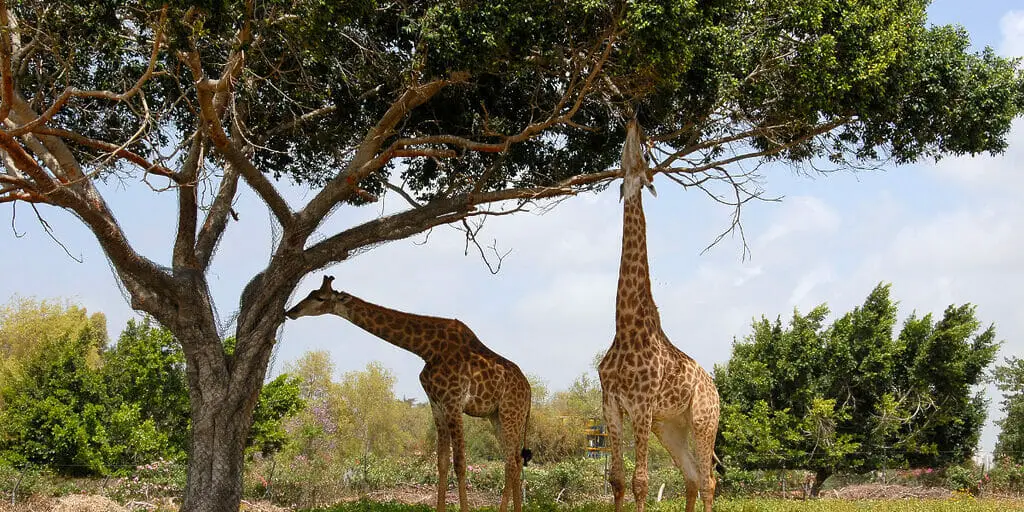
Interesting Fact: Giraffes are pregnant for about 15 months, and they give birth to a single calf.
They are an important part of the African ecosystem, and they help to keep populations of trees and shrubs in check.
Hippopotamus
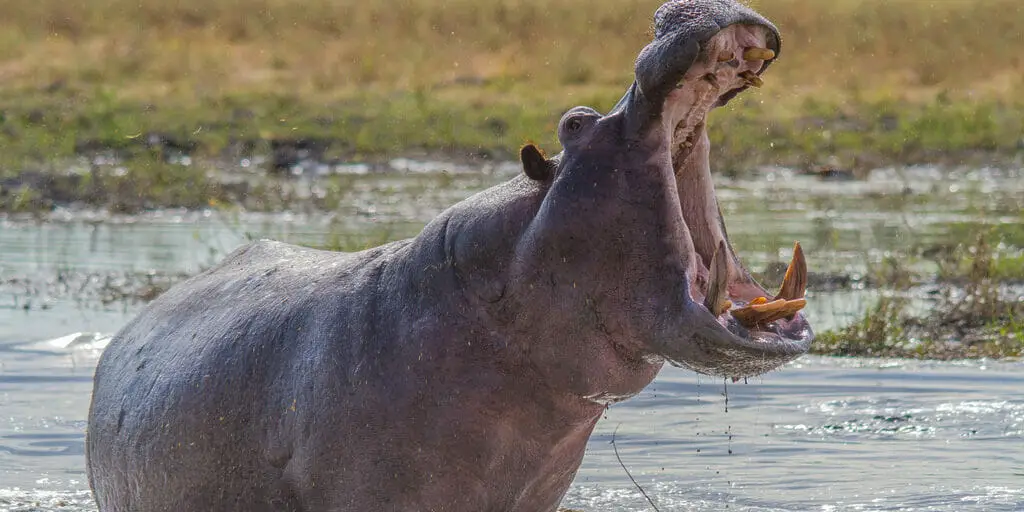
Hippos are the most dangerous animals in Africa. Hippos are large, semi-aquatic mammals that live in sub-Saharan Africa. Hippos are currently considered to be a vulnerable species due to habitat loss.
They are the third-largest land mammals in the world, after elephants and rhinos. Hippos are herbivores, and their diet consists mainly of grass.
Hippos are territorial and aggressive, and they are responsible for more human deaths in Africa than any other animal. They are an important part of the African ecosystem, and they help to keep populations of grass in check.
Hippos are well-adapted to their environment. They are large, powerful animals that are able to live both in water and on land. These are also social animals, and they live in herds of up to 100 individuals.
Spotted Hyena
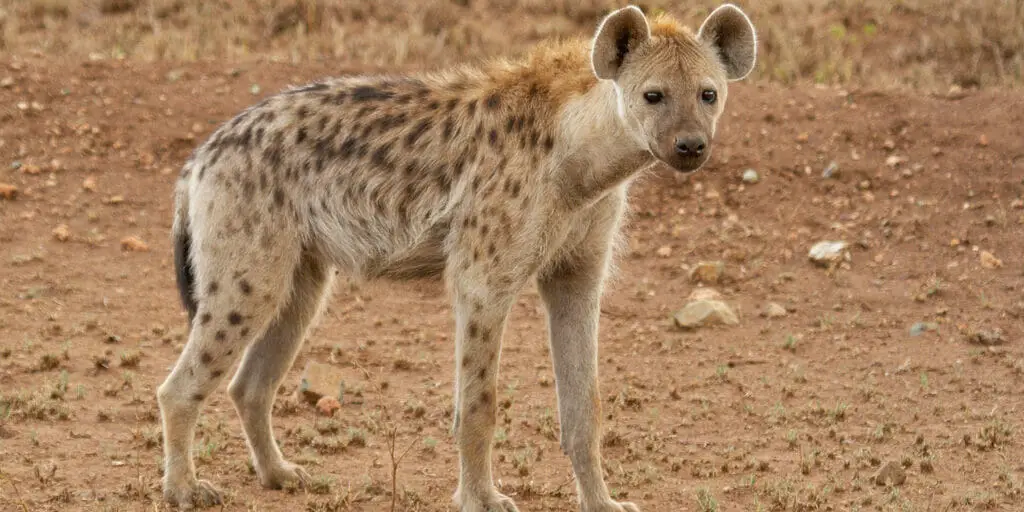
Spotted hyenas are the only female-led mammals found in Africa.
Spotted hyenas are the largest of the hyena species, and they can grow up to 5 feet long and weigh up to 150 pounds. They live in clans of up to 80 individuals.
National Animal of Botswana
The national animal of Botswana is the zebra.
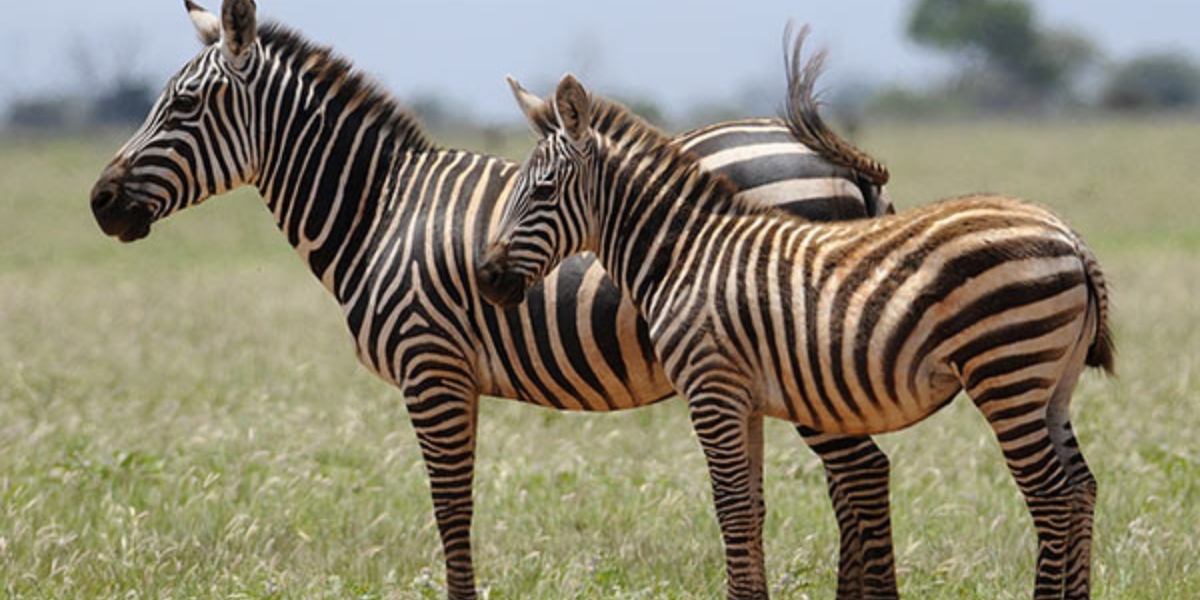
The zebra was adopted as the national animal of Botswana in 1981. It is considered to be a symbol of racial harmony, as the black and white stripes of the zebra are seen as a representation of the diversity of the Botswanan people.
The zebra is also a symbol of strength and resilience, as it is able to survive in harsh conditions.
Zebras are social animals and live in herds of up to 30 individuals. They can run at speeds of up to 35 miles per hour. their predators are lions, leopards, and cheetahs.
Frequently Asked Questions
What animal is Botswana known for?
Botswana is known for its large elephant population. The country is home to over 130,000 elephants, which is the largest population in Africa. Other unique animals that Botswana is known for include lions, leopards, giraffes, and zebras.
What are the top 5 animals in Botswana?
Yes, Botswana has the Big Five animals. The Big Five are the five most dangerous animals in Africa: lions, leopards, elephants, rhinoceroses, and buffaloes. Botswana is one of the best places in Africa to see the Big Five.
What animals can be seen in Botswana?
Animals that can be seen in Botswana include, Hippopotamuses, Rhinoceroses, Cheetahs, Wildebeest, Springboks, Dik-diks, Warthogs, Baboons, and Vervet monkeys
Does Botswana have the Big Five animals?
Yes, and those are lions, leopards, elephants, rhinoceroses, and buffaloes.

